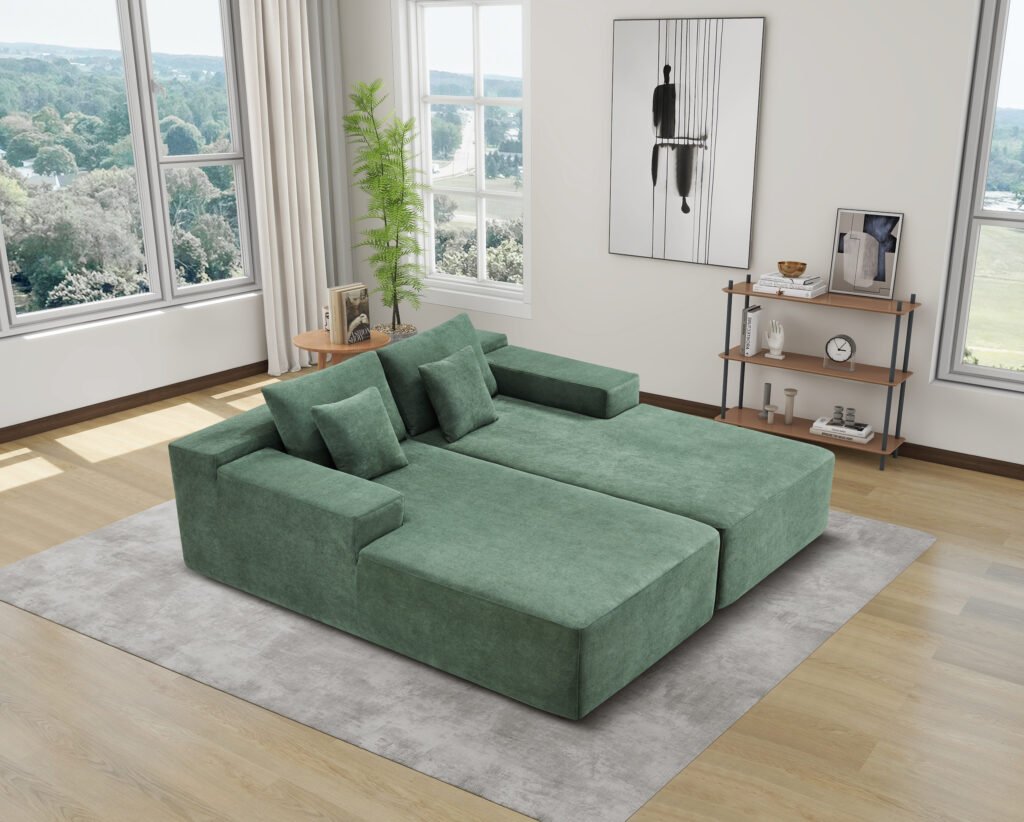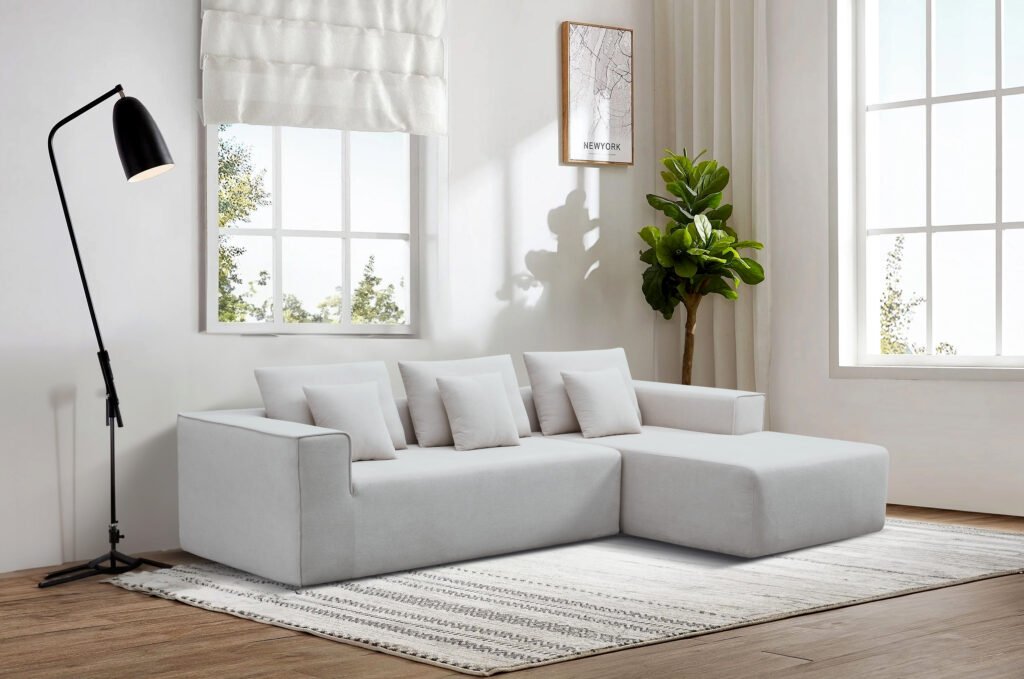Explore Compress Sofa Sizes: A Guide to Finding the Perfect Fit
Introduction
In the B2B furniture sector, selecting the right compress sofa size is not just a matter of aesthetics—it’s a strategic decision that impacts logistics, cost efficiency, and end-user satisfaction. Much like the variety of mason jar sizes serves different storage and presentation needs, compress sofas come in an array of dimensions to address the diverse requirements of residential, commercial, and hospitality projects. This guide provides B2B buyers, wholesalers, and project managers with an in-depth look at compress sofa sizes, helping you identify the perfect fit for every application while maximizing your competitive advantage.
Why Size Matters for B2B Buyers
For manufacturers, distributors, and large-scale purchasers, sofa size affects everything from container optimization and warehousing to installation speed and user comfort. Offering a range of compress sofa sizes enables your business to respond flexibly to project specifications, space constraints, and evolving market trends. Understanding these options allows you to recommend or stock the most suitable models for different client segments, from compact urban apartments to expansive hospitality lounges.


Common Compress Sofa Sizes and Their Applications
Compress sofas are typically categorized by seating capacity and overall dimensions. Here’s a breakdown of the most prevalent sizes and their ideal B2B use cases:
- Single/Chair Compress Sofa
Compact and versatile, single-seat compress sofas (approx. 30–50 inches wide) are perfect for student housing, micro-apartments, or as accent pieces in hospitality suites. - Loveseat (2-Seater) Compress Sofa
Ranging from 48 to 72 inches in width, loveseats are well-suited for small living rooms, hotel rooms, or as supplementary seating in commercial waiting areas. - Standard 3-Seater Compress Sofa
The most popular size for both residential and commercial projects, standard 3-seaters (typically 72–96 inches wide) offer ample seating for families, office lounges, or co-living spaces. - Sectional and Modular Compress Sofas
Sectional designs, which can span 94–156 inches or more, provide flexible configurations for large living rooms, lobbies, or collaborative workspaces. Modular units allow for custom layouts, making them a favorite for B2B clients seeking adaptability. - Oversized Compress Sofas (4+ Seater)
Measuring 96 inches or more, oversized models are ideal for hospitality projects, event venues, or luxury residences where maximum seating and impact are desired. - Sleeper Compress Sofas
Combining seating and sleeping functions, these sofas (typically 70–90 inches wide) are a top choice for hotels, serviced apartments, or student accommodations. - Outdoor Compress Sofas
Designed for patios, resorts, and poolside lounges, outdoor compress sofas (70–100 inches wide) feature weather-resistant materials and packaging.


Factors to Consider When Choosing the Right Size
- Project Scope and Space Constraints:
Assess the installation environment—urban apartments, offices, hotels, or public spaces—to determine the optimal sofa footprint. - Logistics and Storage:
Smaller sizes maximize container and pallet utilization, while larger sectionals may require special handling or shipping arrangements. - End-User Needs:
Consider the comfort, intended use, and demographic of the end user. For example, a family lounge may require a larger sofa, while a boutique hotel might prioritize compact, stylish seating. - Customization and Modularity:
Offering modular or configurable options allows B2B clients to tailor solutions for unique spaces, enhancing your product’s appeal and versatility2. - Budget and Cost Efficiency:
Larger sofas may provide better value per seat but could increase shipping and material costs. Balancing size with budget constraints is key for project profitability.


Sizing Trends and Innovations for 2025
The compress sofa market is evolving with trends toward ultra-compact designs for micro-living, modular solutions for flexible workspaces, and oversized statement pieces for luxury projects. Sustainability is also influencing size choices, with right-sized packaging reducing waste and improving carbon efficiency. B2B buyers are increasingly seeking suppliers who can offer a wide range of sizes and customization to meet diverse project needs.
Conclusion
Finding the perfect compress sofa size is essential for B2B success in today’s dynamic furniture market. By understanding the full spectrum of available sizes and considering project-specific requirements, your business can deliver tailored solutions that enhance client satisfaction, optimize logistics, and strengthen your competitive edge. Whether furnishing compact apartments or grand hospitality venues, the right compress sofa size makes all the difference in 2025 and beyond.